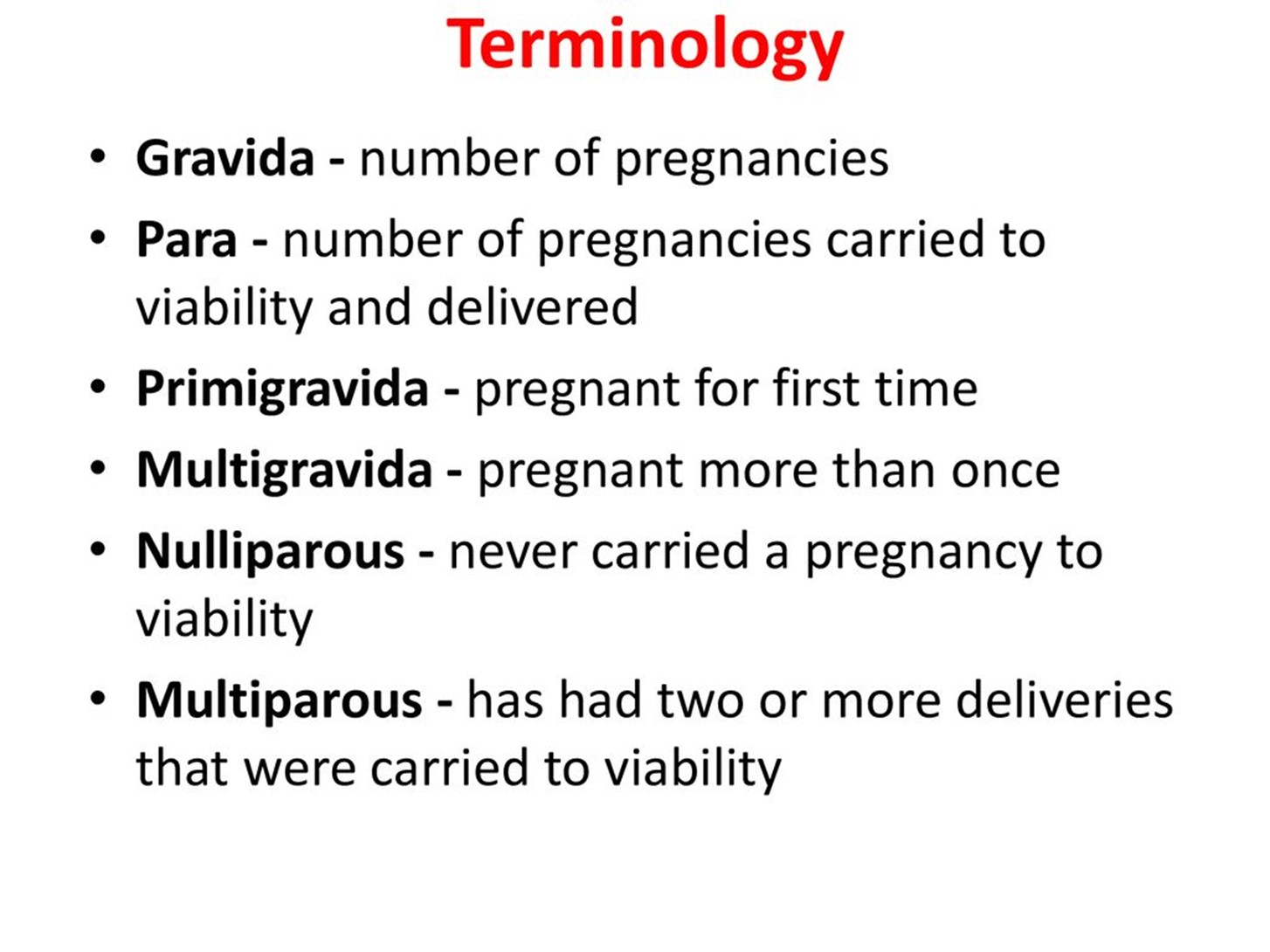The nurse on a pediatric unit observes a distraught mother in the hallway scolding her 3-year-old son for wetting his pants. What initial action should the nurse take?
Provide disposable training pants while calming the mother.
Refer the mother to a community parent education program.
Suggest that the mother consult a pediatric nephrologist.
Inform the mother that toilet training is slower for boys.
The Correct Answer is A
Choice A reason: This is correct because it addresses both the physical and emotional needs of the child and the mother. The nurse should provide comfort and reassurance to the mother and explain that occasional accidents are normal and not a sign of failure.
Choice B reason: This is incorrect because it implies that the mother is incompetent and needs external help. The nurse should first establish rapport and trust with the mother before suggesting any resources or interventions.
Choice C reason: This is incorrect because it suggests that there is something wrong with the child's kidneys, which may alarm and offend the mother. The nurse should not jump to conclusions without assessing the child's history and symptoms.
Choice D reason: This is incorrect because it generalizes and stereotypes boys as being slower than girls in toilet training. The nurse should not make assumptions based on gender and should respect individual differences.
Nursing Test Bank
Naxlex Comprehensive Predictor Exams
Related Questions
Correct Answer is A
Explanation
Choice B reason: Reviewing the hemoglobin to determine hemorrhage is an important action, but not the first one. The nurse should first identify and correct the cause of bleeding, such as bladder distension or uterine atony, before checking for blood loss and anemia.
Choice C reason: Massaging the uterus to decrease atony is not indicated in this case, because the uterus is already firm. Massaging a firm uterus can cause overstimulation and pain.
Choice D reason: Increasing intravenous infusion is not the first action, because it may worsen bleeding by increasing blood pressure and diluting clotting factors. The nurse should first assess and manage bleeding before administering fluids or blood products as prescribed.

Correct Answer is ["A","B","C","D"]
Explanation
The correct answer is A, B, C, and D.
Choice A reason: Flushing the gastrostomy tube with water is essential to maintain tube patency and prevent medication interactions. It should be done before and after medication administration. The typical amount of water used for flushing can range from 15 to 30 mL.
Choice B reason: Administering each medication separately is a critical practice to prevent drug interactions and ensure that the full dose of each medication is delivered. It also helps in preventing the clogging of the tube.
Choice C reason: Documenting all liquid volumes, including medications and water used for flushing, is important for accurate fluid intake records. This helps in maintaining fluid balance and monitoring the patient’s hydration status.
Choice D reason: Checking gastric residual volume is important to assess the patient’s tolerance to enteral feeding and to prevent complications such as aspiration. Normal gastric residual volumes are generally considered to be less than 250 mL.
Choice E reason: Using a plunger to administer medications through a gastrostomy tube is not always recommended. Medications should be administered slowly to prevent discomfort or harm, and the use of a plunger is not a standard practice across all healthcare settings.
Whether you are a student looking to ace your exams or a practicing nurse seeking to enhance your expertise , our nursing education contents will empower you with the confidence and competence to make a difference in the lives of patients and become a respected leader in the healthcare field.
Visit Naxlex, invest in your future and unlock endless possibilities with our unparalleled nursing education contents today
Report Wrong Answer on the Current Question
Do you disagree with the answer? If yes, what is your expected answer? Explain.
Kindly be descriptive with the issue you are facing.
